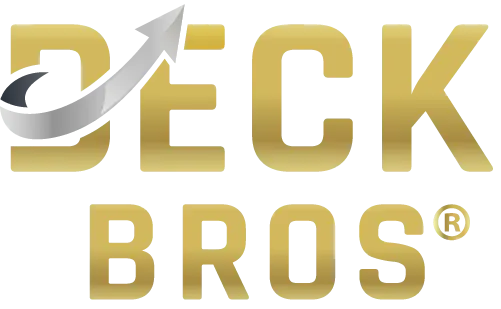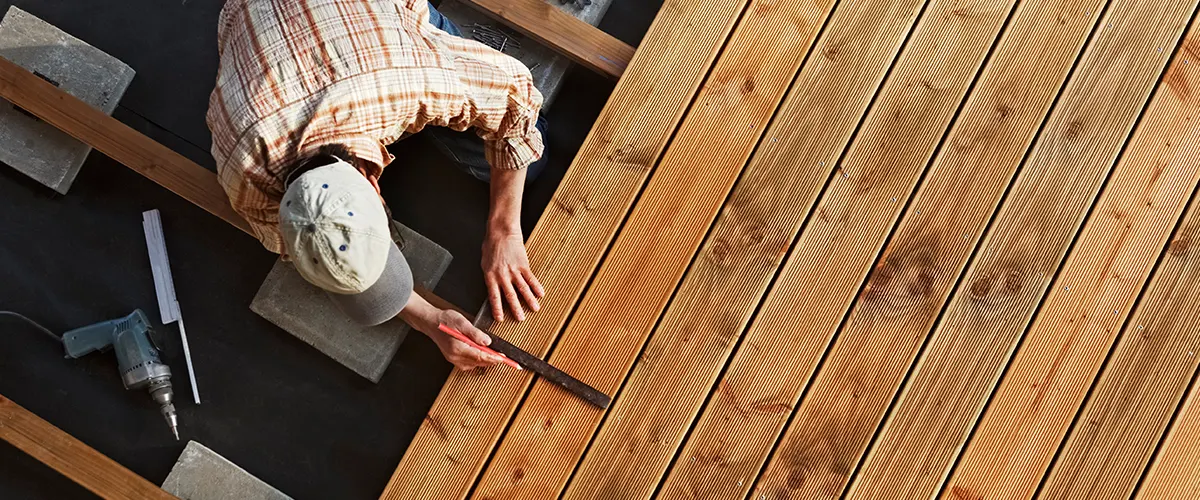There are a lot of questions when it comes to fastening deck boards. What’s the best way to do it? Screw or nail decking? When should you use one over the other? What size screws or nails should you use? Is there a difference between nails and screws for decking?
We will answer all of these questions in this blog post. We’ll take a look at when it’s better to screw deck boards in place instead of nailing them and what size nails or screws you should be using for your particular project.
So read on for all the information you need on choosing the proper fasteners for your deck!

1. What is decking, and what are the benefits of using it in your home or backyard?
There are several benefits to having decks for your backyard or home. First and foremost, deck construction is a great way to enjoy the outdoors. Whether you’re hosting a barbecue or just relaxing on a sunny day, it provides the perfect space to enjoy the fresh air.
According to a Remodeling Impact Report, it is also a great way to increase the value of your home. You can install decking relatively inexpensively, and it’s a great way to add extra living space to your home.
Decking is mainly used for outdoor projects such as decks, porches, and patios. There are several benefits to using decking in your backyard or home.

Materials
Decking is made from various materials, including wood, plastic, and composite materials. This makes it a versatile choice tailored to your specific needs and style preferences.
Decking is also a durable material. It can withstand years of use and weathering without fading or becoming damaged. It is also easy to maintain; a simple sweep or wash with a hose is usually all that’s needed to keep it looking its best.
If you’re looking for an attractive and durable material for your outdoor project, decking may be the perfect choice for you.
There are a variety of materials that you can use for decking, including wood, composite, and PVC. Wood is the most popular choice because it’s natural and can be stained or painted to match any décor.
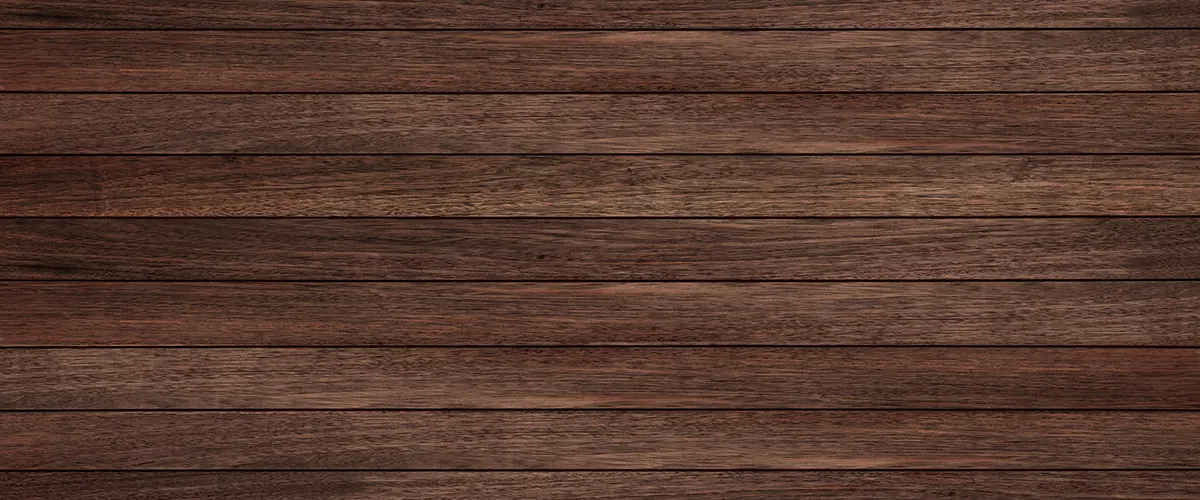
Low maintenance decking
Low maintenance decking is an excellent option for those who don’t want to worry about constant upkeep. There are several low-maintenance decking materials available, including composite and PVC decking.
Composite decking is made from a combination of wood and plastic, making it durable and long-lasting. It doesn’t require any staining or painting and can be cleaned with a simple sweep or hose down.
PVC decking is made from synthetic materials, making it resistant to weathering, fading, and staining. It is also easy to clean – a quick wipe down with a wet cloth is usually all that’s needed to keep it looking good.
If you’re looking for low-maintenance decking material, composite or PVC may be the perfect choice for you.
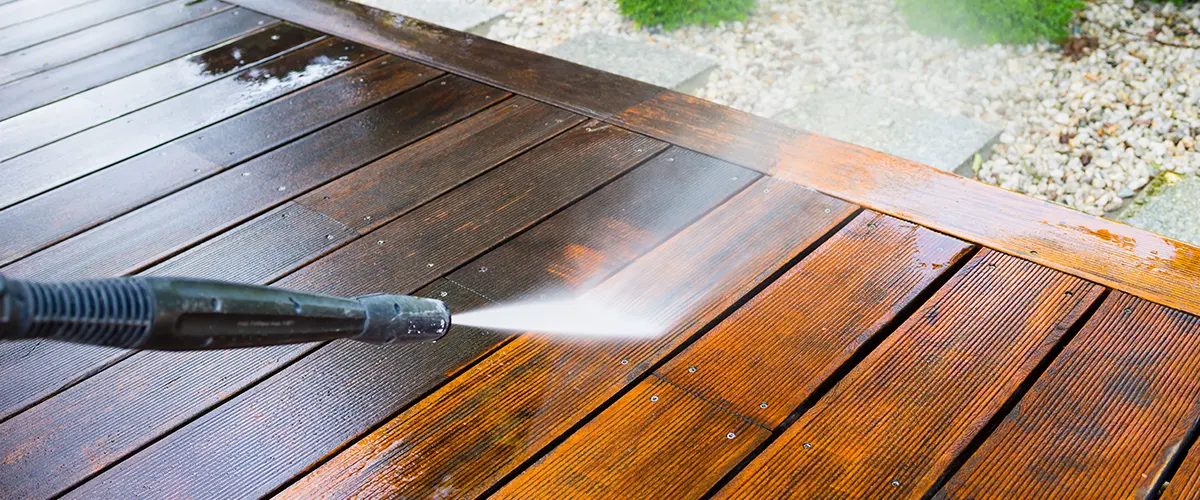
Foundation
Deck framing
- The posts should be set in concrete and be spaced at least 8 feet apart.
- The joists should be spaced no more than 16 inches apart.
- The decking material should overhang the edge of the frame by at least 1 inch.
When framing a deck, it’s important to use screws rather than nails. Nails tend to pop and can cause damage to the decking material. It’s also important to use the correct size screw for the job.
A screw that’s too big will cause the material to split, while a screw that’s too small won’t provide enough hold. When screwing deck boards, it’s important to use a drill with a screwdriver bit. Drill pilot holes into the joist hangers first, then drive the screws in until they’re flush with the surface of the decking material.
If you’re using nails, it’s best to use hammers and nail guns. Nail the boards to the joists, making sure to sink the nails below the surface of the decking material.
Deck boards
Once the foundation is in place, you can install the deck boards. You can install decking using nails or screws, and in most cases, screws are the better option. Nails are more likely to pop out of the deck frame, especially if they’re made from a softer material like pine.
If you choose to use nails, make sure they’re galvanized nails or stainless steel. Galvanized nails will corrode over time, and stainless steel nails are more expensive but won’t rust. You can also use framing nails for decking, but they’re a bit thicker than standard nails and may not be the best choice for softer materials.
Deck screws
When screwing deck boards in place, you should use standard deck screws long enough to go through the deck frame and into the joist below. The screw should be at least twice as long as the deck frame. For example, if the decking board is ½ inch thick, use a screw that’s at least one inch long.
When screwing deck boards, it is important to use deck screws that are the correct size for the job. If you use shorter deck screws, they may not be strong enough to hold the decking board in place. If the deck screws are too large, they may cause damage to the deck board.
It’s also essential to ensure that the screw or nail is countersunk. This will help to keep them from popping out of the deck board.
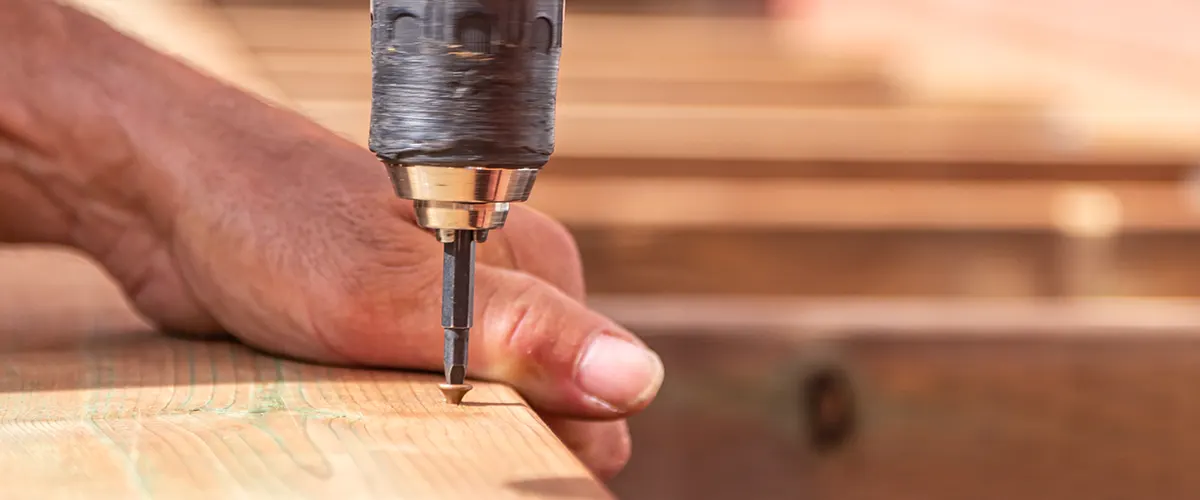
Deck fasteners
Decking nails
2. Screws or nails For Deck: The pros and cons
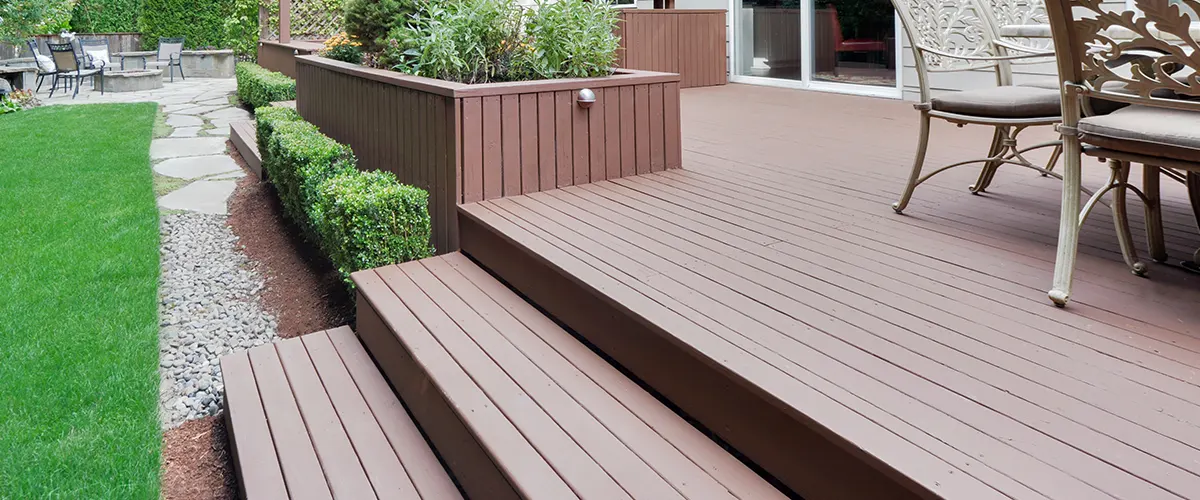
Nailing Pros:
- Nails are a traditional way to attach boards, and they're very effective in holding the boards in place.
- They're less expensive than deck screws, and you can usually find them at any hardware store.
- Nails are easy to use - all you need is a hammer!
Nailing Cons:
- Nails can cause damage to the boards if they're not appropriately inserted. If the nails are too long, they can split the board, and if they're not straight, they can leave indentations in the wood.
- Nails are more likely to pop out of the boards over time, significantly if you don’t insert them properly.
- Nailing can be a bit tricky, and it takes a little practice to get the hang of it.
Screwing Pros:
- Deck screws are a newer option that has become increasingly popular in recent years. They're more expensive than nails, but many people believe they're worth the extra cost.
- Screws are more effective than nails in holding the boards in place.
- They're less likely to pop out of the boards over time.
- Screwing is a bit easier than nailing, and it doesn't take as much practice to get the hang of it.
Screwing Cons:
- Screws can cause damage to the boards if they're not appropriately inserted. If the screws are too long, they can split the board, and if they're not straight, they can leave indentations in the wood.
- Screws require a screwdriver or drill to use them, which some people may find inconvenient.
3. What is the difference between decking screws and nails?
When it comes to screwing or nailing down your deck boards, there are a few things you need to know to make the best decision for your project. The main difference between screws and nails is that screws have a pointed tip that helps them grip the wood, while nails have a blunt end. This makes screws a better option for securing decking, as they won’t pull out of the wood as quickly as nails.
Another advantage of screws is that they are less likely to cause damage to the wood when they are being driven in. This is because screws have a thread that helps them to glide through the wood more smoothly than nails. Nails can also split the wood if they are driven in too forcefully, which can cause the boards to become loose over time.
However, screws are more expensive than nails, and they also require a screwdriver to be driven in. Pins are installed with a hammer, making them cheaper and ideal for DIYers.
When it comes to choosing between screws and nails, it depends on your personal preference and your level of expertise. If you’re a beginner, then nails may be the best option for you, but if you’re more experienced, then screws are the better choice.
Yet, if you’re not sure which screw or nail to use, consult with your hardware store or home improvement center for advice. They’ll be able to help you choose the right type of screw or nail for your specific project. And if you’re still not sure, ask an expert from DeckBro’s! They’ll be more than happy to help.
4. Tips for installing screw or nail decking properly
When screwing or nailing down your deck boards, it’s essential to do it properly to ensure a long-lasting finish. Here are a few tips to help you get the job done right:
- Make sure that the surface you’re working on is clean and debris-free. This will help to ensure a smooth, finished surface.
- Use a level to ensure that the boards are straight and even. This will help to keep your deck looking neat.
- If using screws, make sure that they are the correct size for the job. You don’t want them to be too small or too large, as this can cause damage to the boards.
- If using nails, make sure they are the correct length. Nails that are too long can split the wood, while nails that are too short won’t effectively hold the boards in place.
Conclusion
Decking is a popular choice for homeowners looking to add outdoor living space to their homes. There are many benefits to using decking, such as the fact that it’s a durable and long-lasting material.
However, there are also some things to consider before installing decking, such as whether you should use screws or nails. In addition, proper installation is key to ensuring a lasting finish.
Our experts can help you choose the best type of decking for your project and help you install it properly so you can enjoy your new outdoor living space for years to come. Contact DeckBros today for more information!
